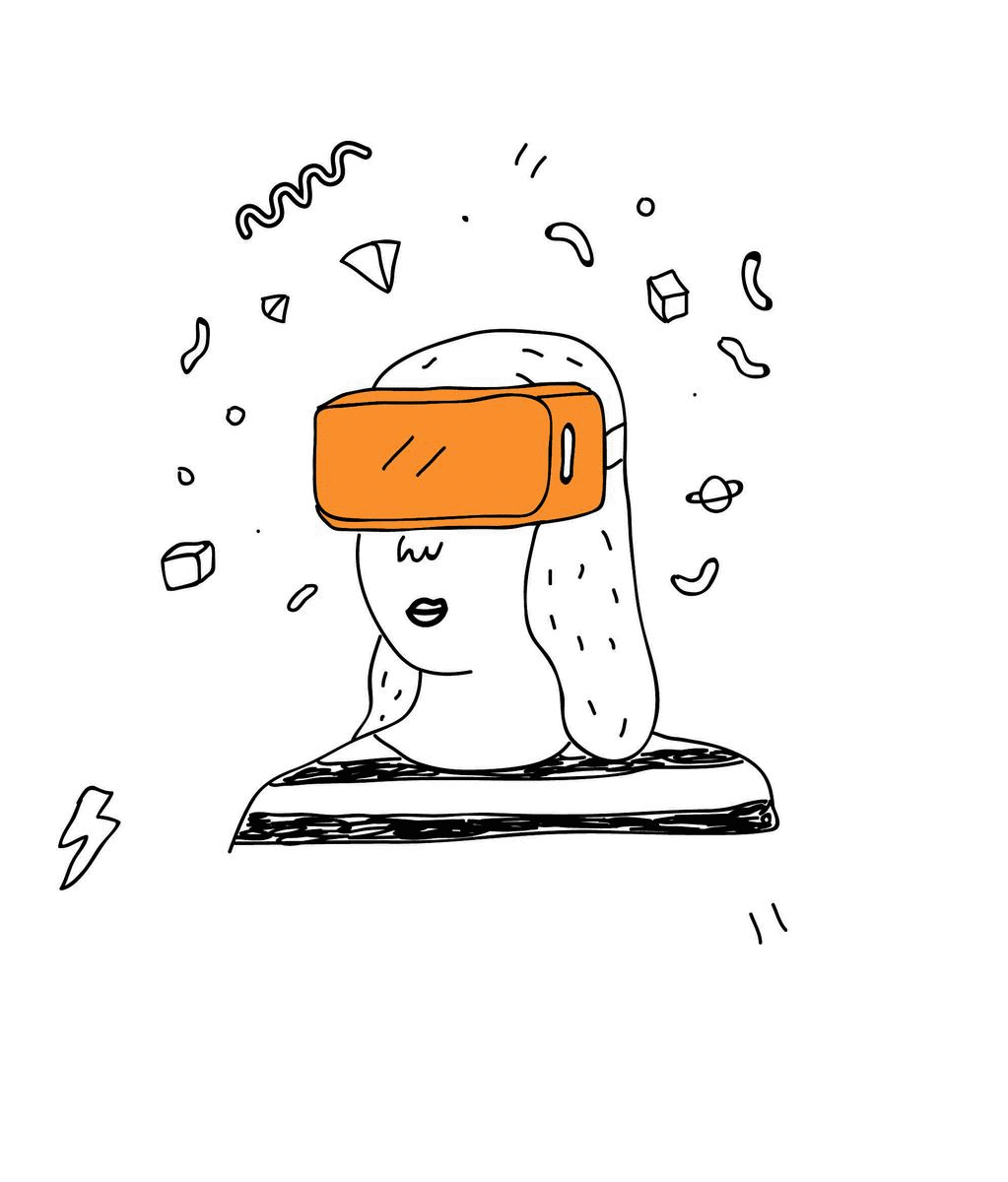
AMPS
TEACHING-LEARNING-RESEARCH: DESIGN AND ENVIRONMENTS
Manchester, UK
2-4 December 2020
SCALE AND PRESENCE PERCEPTION IN VIRTUAL REALITY:
A Pavilion Design Process
Burcu Nimet Dumlu
Abstract. Virtual reality (VR) becomes a new media to experience and design through being in the virtual environment. The three-dimensional features of the VR technology are highly related to the architectural design issue. It differs design practice from hand drawing or computer-based design. Because the designer encounters more than seeing through a screen or two-dimensional plane. The designer has situated in the design environment and uses his/her body movements to create a model of the design object. This allows the designer to perceive the design object with different scales and materials, and the designer can exist in the virtual environment with the design object. This study aims to understand the space perception of the designer in virtual reality while designing a pavilion in the virtual environment. Space perception is defined as scale and presence. The purpose of the study is to understand how the perception of scale (through size and distance) and presence (being-in-the-virtual-world) affects the designer, in the VR environment. 10 users (architecture students [five 1st-grade students, three 3rd-grade students] and 2 architecture professionals) participated in the study by using the virtual reality glasses and virtual reality modeling program. It was aimed to design a pavilion with an unrestricted height within an area (2m. x 3m.) and to investigate design experiences. The design method was multiplying, moving and scaling a cube module (30 cm.). The design experiences were compared with the design moves, final design objects, and the results from the deep interviews with the students about designing in VR. It was researched how the scale is perceived and what effects it has on the fact of being-in-the-virtual-environment. How sensory stimuli for presence feel are created by the virtual environment was examined.
Keywords: Virtual reality, design mediums, pavilion design, presence, scale
